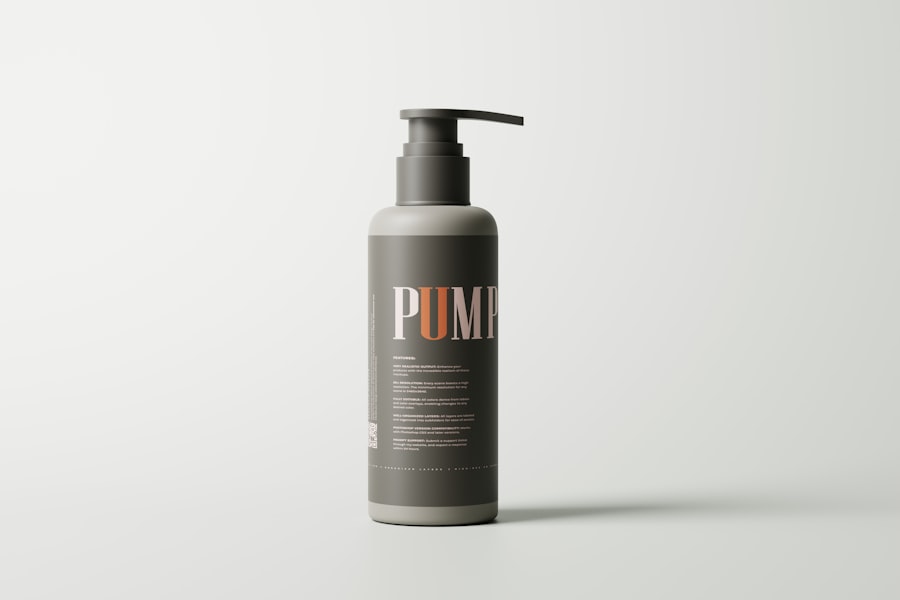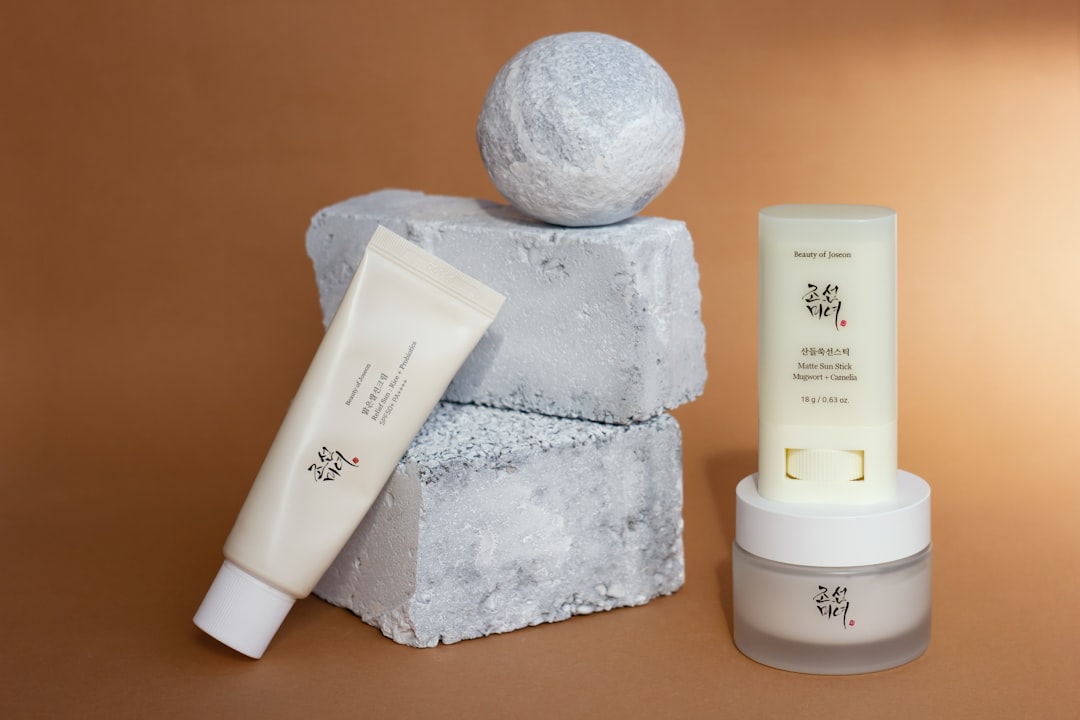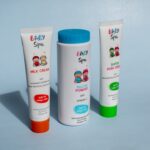Aftercare is a crucial component of any cosmetic or medical treatment you undergo. It serves as the bridge between the procedure and the desired results, ensuring that your skin heals properly and that you achieve the best possible outcome. When you invest time and resources into a treatment, neglecting aftercare can lead to complications, prolonged recovery times, and unsatisfactory results.
Understanding the importance of aftercare allows you to take proactive steps in your healing journey, ultimately enhancing your overall experience. Moreover, aftercare is not just about following a set of instructions; it’s about nurturing your skin and respecting its needs. Each treatment affects your skin differently, and aftercare protocols are designed to address those specific changes.
By adhering to these guidelines, you can minimize discomfort, reduce the risk of infection, and promote faster healing. This understanding empowers you to take control of your recovery process, ensuring that you not only look your best but also feel confident in your skin.
Key Takeaways
- Aftercare is crucial for the success and longevity of any skin treatment.
- Discomfort and redness can be managed with proper aftercare techniques and products.
- Sun exposure can cause damage to the treated area, so it’s important to protect it with sunscreen and clothing.
- Certain activities and products, such as vigorous exercise and harsh skincare ingredients, should be avoided after a skin treatment.
- Keeping the skin hydrated and moisturized is essential for promoting healing and maintaining results.
Managing Discomfort and Redness
Experiencing discomfort and redness after a treatment is common, but managing these symptoms effectively can make a significant difference in your recovery. You may find that applying a cold compress to the treated area can provide immediate relief. This simple technique helps to reduce swelling and soothe irritation, allowing you to feel more comfortable as your skin begins to heal.
Additionally, over-the-counter pain relievers can be beneficial if you experience significant discomfort. Always consult with your healthcare provider before taking any medication to ensure it’s appropriate for your situation. In addition to cold compresses and pain relievers, keeping the treated area clean is essential for managing discomfort and redness.
Gently cleansing the area with a mild, fragrance-free cleanser can help prevent irritation and infection. Avoid scrubbing or using harsh products that could exacerbate redness or discomfort. Instead, opt for gentle patting motions when drying your skin.
This mindful approach not only aids in healing but also fosters a sense of care and respect for your body during this sensitive time.
Protecting the Treated Area from Sun Exposure

Sun exposure can be particularly damaging to freshly treated skin, making it imperative for you to take protective measures. UV rays can lead to hyperpigmentation, prolonged redness, and even scarring if the treated area is not adequately shielded. Wearing broad-spectrum sunscreen with an SPF of 30 or higher is essential, even on cloudy days.
Make it a habit to apply sunscreen generously to the treated area every two hours if you are outdoors. This simple step can significantly enhance your skin’s healing process and help maintain the results of your treatment. In addition to sunscreen, consider wearing protective clothing or seeking shade whenever possible.
A wide-brimmed hat or UV-blocking sunglasses can provide extra protection for your face and eyes. If you plan to be outside for an extended period, try to schedule your activities during times when the sun’s rays are less intense, typically early morning or late afternoon. By taking these precautions, you not only safeguard your skin but also demonstrate a commitment to preserving the results of your treatment.
Avoiding Certain Activities and Products
| Activity/Product | Reason for Avoidance | Alternative |
|---|---|---|
| Smoking | Health risks and secondhand smoke | Nicotine patches, gum, or therapy |
| Processed Foods | High in preservatives and additives | Fresh fruits, vegetables, and whole grains |
| Alcohol | Health risks and addiction | Non-alcoholic beverages or moderation |
| Plastic Bags | Environmental impact | Reusable cloth bags |
After undergoing a cosmetic or medical procedure, it’s crucial to avoid specific activities and products that could hinder your recovery. High-impact exercises, such as running or weightlifting, may increase blood flow and cause swelling in the treated area. Instead, opt for gentle activities like walking or stretching that won’t put undue stress on your skin.
Listening to your body is key; if something feels uncomfortable or painful, it’s best to refrain from that activity until you’ve fully healed. In addition to physical activities, be mindful of the skincare products you use during your recovery period. Harsh exfoliants, retinoids, and products containing alcohol can irritate sensitive skin and should be avoided.
Stick to gentle cleansers and moisturizers that are specifically formulated for post-treatment care. This approach not only helps prevent irritation but also allows your skin to recover without unnecessary stressors. By being cautious about what you expose your skin to, you can create an optimal environment for healing.
Hydrating and Moisturizing the Skin
Hydration plays a vital role in the healing process after any skin treatment. Keeping your skin well-hydrated helps maintain its elasticity and promotes faster recovery. Drinking plenty of water throughout the day is essential; aim for at least eight glasses daily to support overall skin health.
This holistic approach ensures that your body has the necessary resources to heal effectively. In conjunction with internal hydration, external moisturizing is equally important.
Applying a gentle moisturizer regularly can help lock in moisture and create a protective barrier on your skin.
Be consistent with your moisturizing routine; this will not only aid in recovery but also enhance the overall appearance of your skin as it heals.
Monitoring for Any Adverse Reactions

As you navigate through the aftercare process, it’s essential to remain vigilant about monitoring your skin for any adverse reactions. While some redness and swelling are normal following a treatment, excessive pain, prolonged redness, or signs of infection should not be ignored. If you notice any unusual changes—such as increased swelling, pus formation, or fever—contact your healthcare provider immediately for guidance.
Early intervention can prevent complications and ensure that you receive appropriate care. Keeping a journal of your recovery can be beneficial in tracking any changes in your skin’s condition. Documenting how your skin feels each day allows you to identify patterns or reactions that may require attention.
This proactive approach not only helps you stay informed but also empowers you to communicate effectively with your healthcare provider if concerns arise. Remember that being attentive to your body is an integral part of the aftercare process.
Following Up with Additional Treatments
Depending on the type of treatment you received, follow-up appointments may be necessary to assess your progress and determine if additional treatments are needed. These follow-ups provide an opportunity for you to discuss any concerns or questions with your healthcare provider while allowing them to evaluate how well your skin is healing. Staying committed to these appointments demonstrates your dedication to achieving optimal results from your initial treatment.
In some cases, additional treatments may enhance or maintain the results of your initial procedure. For instance, if you underwent laser therapy or chemical peels, periodic maintenance sessions might be recommended to prolong the effects. Your healthcare provider will guide you on the appropriate timeline for these follow-ups based on your individual needs and goals.
By staying engaged in this process, you can ensure that you continue to see improvements in your skin’s appearance over time.
Seeking Professional Advice for Any Concerns
Throughout your aftercare journey, don’t hesitate to seek professional advice if you have any concerns or uncertainties about your recovery process. Your healthcare provider is there to support you and address any questions you may have regarding post-treatment care. Whether it’s about managing discomfort, understanding what products are safe to use, or recognizing signs of complications, reaching out for guidance is always a wise choice.
Additionally, connecting with others who have undergone similar treatments can provide valuable insights and reassurance during your recovery. Online forums or support groups can offer a sense of community as you share experiences and tips with others who understand what you’re going through. Remember that seeking help is not a sign of weakness; rather, it reflects your commitment to taking care of yourself and ensuring the best possible outcome from your treatment.
In conclusion, aftercare is an essential aspect of any cosmetic or medical procedure that should not be overlooked. By understanding its importance and following best practices—such as managing discomfort, protecting against sun exposure, avoiding certain activities and products, hydrating the skin, monitoring for adverse reactions, following up with additional treatments, and seeking professional advice—you empower yourself to achieve optimal results while ensuring a smooth recovery process. Your skin deserves this level of care and attention; by prioritizing aftercare, you’re investing in both its health and beauty for years to come.
After undergoing laser hair removal treatment, it is crucial to follow proper aftercare advice to ensure optimal results. One important aspect of aftercare is protecting your skin from the sun, as it can cause irritation and hyperpigmentation. For more tips on how to care for your skin post-laser hair removal, check out this article on customizing your skincare routine. This article provides valuable information on how to tailor your skincare regimen to meet the specific needs of your skin after laser hair removal.
FAQs
What is laser hair removal aftercare advice?
Laser hair removal aftercare advice refers to the recommended steps and precautions to be taken after undergoing a laser hair removal treatment. These guidelines are designed to help minimize any potential side effects and ensure the best possible results.
Why is laser hair removal aftercare important?
Proper aftercare is important to ensure the best results from the laser hair removal treatment and to minimize the risk of any potential side effects such as skin irritation or pigmentation changes. Following the aftercare advice can also help to prolong the effects of the treatment.
What are some common aftercare tips for laser hair removal?
Common aftercare tips for laser hair removal may include avoiding sun exposure, using gentle skincare products, avoiding hot showers and saunas, and avoiding activities that may cause excessive sweating. It is also important to keep the treated area clean and moisturized.
How long should I wait before exposing the treated area to the sun?
It is recommended to avoid sun exposure for at least 2 weeks after laser hair removal treatment. This is because the skin may be more sensitive to sunlight and more prone to pigmentation changes during this time.
Can I shave or use hair removal creams after laser hair removal treatment?
It is generally safe to shave the treated area after laser hair removal, but it is important to avoid using hair removal creams or waxing as these methods can interfere with the hair follicles targeted by the laser.
Are there any specific products I should avoid using on the treated area?
It is best to avoid using harsh skincare products, exfoliants, and perfumed lotions on the treated area for at least a week after laser hair removal. These products can irritate the skin and interfere with the healing process.
When can I resume my regular skincare routine after laser hair removal?
You can typically resume your regular skincare routine after about a week following laser hair removal treatment, but it is important to use gentle products and avoid any harsh or abrasive treatments.






